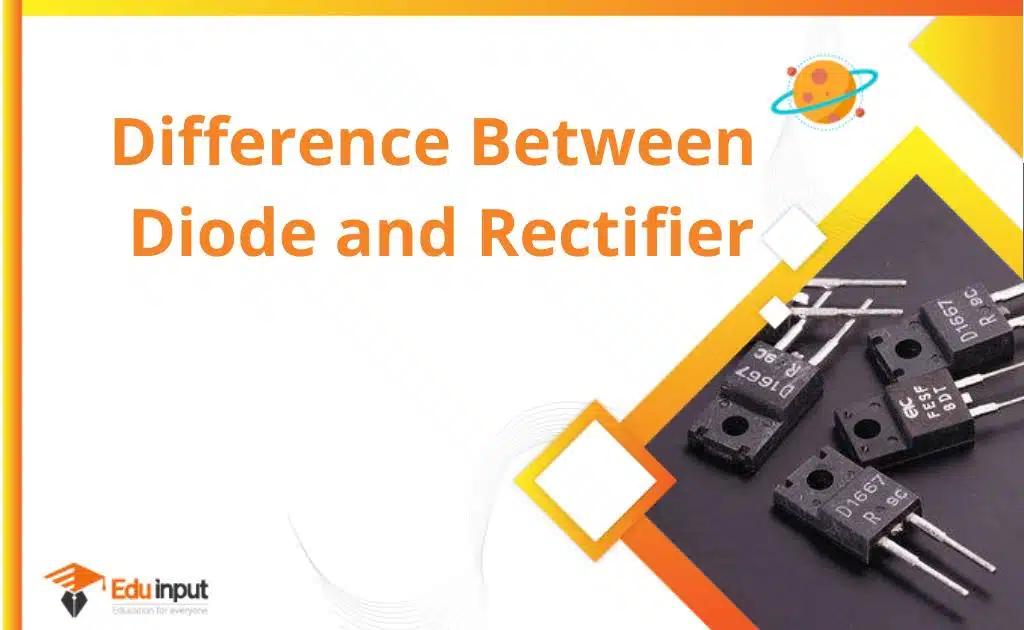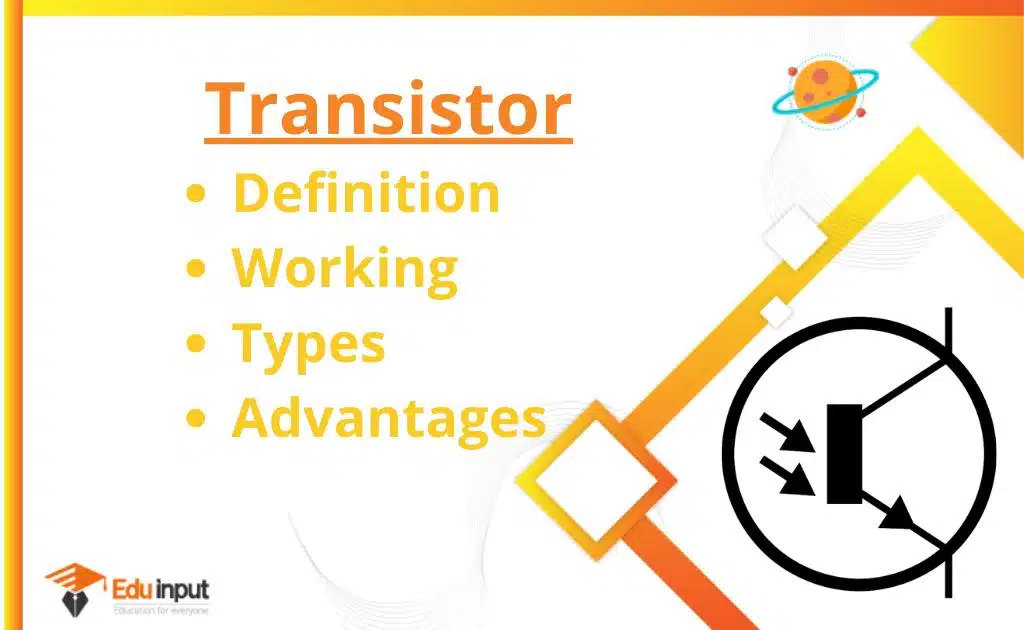What is Choke in Electronics?-Definition, And Types
In electronics, an inductor with the purpose of blocking higher-frequency alternating currents is called a choke. It allows direct current (DC) and lower-frequencies alternating current (AC) to pass through an electrical circuit.
What is Choke in Electronics?
A choke usually consists of a coil of insulated wire wound on a magnetic core, and sometimes a bead of ferrite strung on a wire. The choke has an impedance that increases with frequencies. Its low electrical resistance allows it to pass both AC and DC with little power loss, but its reactance restricts the amount of AC passed. blocking high frequencies while passing low frequencies is what the name comes from.
The component is called an “inductor” if used in electronic filters or tuning circuits, but the name “choke” is used if an inductor is used for blocking or decelerating higher frequencies. When it comes to chokes, inductors designed for use as chokes are usually distinguished by not having a high Q factor required in inductors used in tuning circuits and filtering applications.
Types of Choke
There are two types of choke.
Audio frequency choke
ferromagnetic cores are usually used to increase the inductance of Audio Frequency Chokes. They are similar to transformers, with laminated iron cores and an air gap. The inductance for a given volume of the core is increased by the iron core. In the design of the power supplies for vacuum tube equipment, chokes were frequently used.
They are found in direct-current motor controllers, where they are used in conjunction with large electrolytic capacitors to remove the voltage ripple at the output DC. If the inductor is removed, a circuit designed for a choke-output filter may produce too much DC output voltage and cause the rectifier and filter capacitors to produce excessive in-rush and ripple currents.
The elimination of heavy, bulky chokes from the mains frequencies power supplies can be attributed to modern electrolytic capacitors with high ripple current ratings and voltage regulators that remove more power supply ripple than chokes could. Smaller chokes are used in power supplies to remove the higher-frequency switches from the output and sometimes from feeding them back into the mains input. They usually have toroidal ferrite cores.
Radio-frequency choke
Radi-frequency chokes have iron powder or ferrite cores which increase inductance and overall operation and are wound in complex patterns to reduce self-capacitance and proximity effect losses. Non-magnetic core and low inductance are characteristics of chokes for higher frequencies.
The ferrite bead, a cylindrical or torus-shaped core of ferrite slipped over a wire, is a modern form of choke used to eliminate digital RF noise from lines. These are usually seen on computer cables. A choke RF value could be more than 2 million.






Leave a Reply